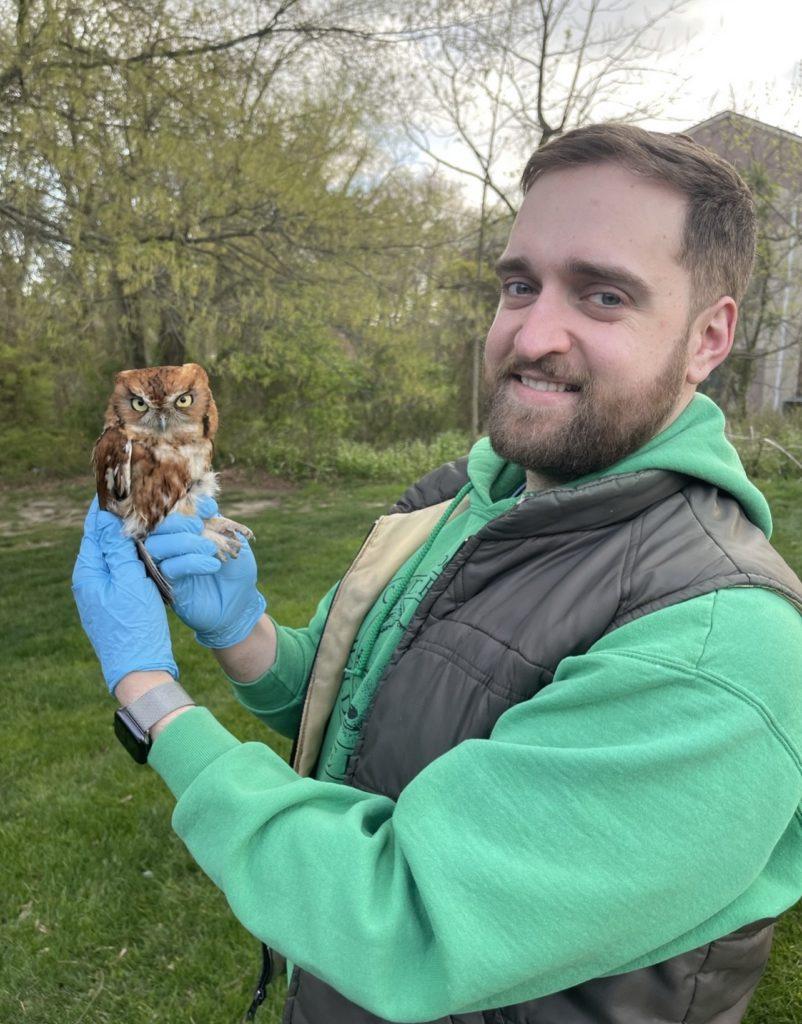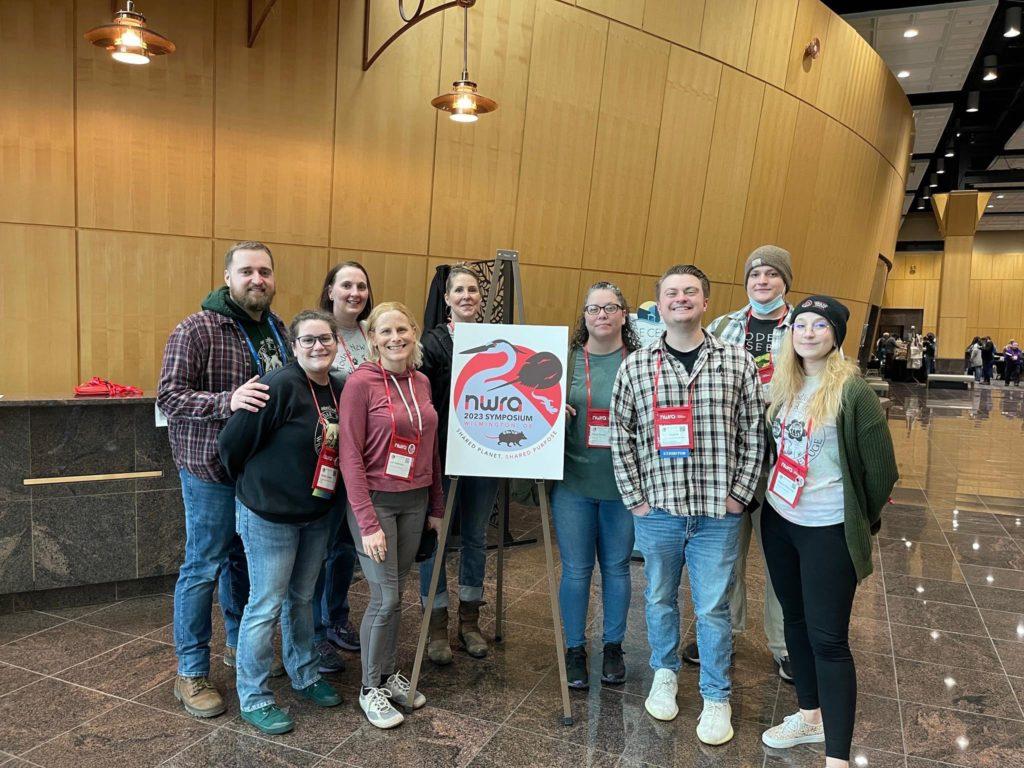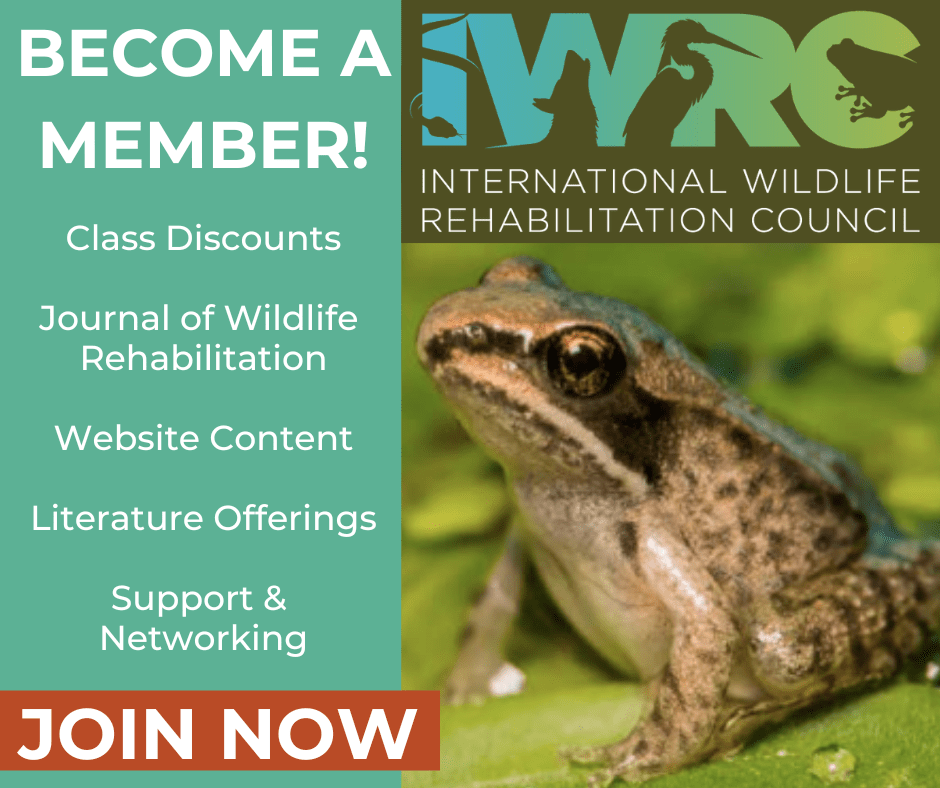Michael O’Malley
Tell us a little about yourself:
I am the Executive Director of Woodford Cedar Run Wildlife Refuge (Cedar Run) in Medford, NJ. Cedar Run is a 501(c)(3) environmental non-profit organization dedicated to the preservation of New Jersey’s wildlife and habitats through education, conservation, and rehabilitation. As an organization, our vision is that the treatment and rehabilitation services that Cedar Run provides to injured and/or orphaned wildlife in New Jersey serve to educate, inspire, and instill a sense of stewardship in youth and residents throughout the region, leading to increased protection of our natural resources. I am responsible for the implementation of policies set by the Board of Trustees and the financial, program, and administrative management of Cedar Run. I provide the overall leadership in the development and implementation of short- and long-range plans and policies, in consultation with the Board of Trustees and staff. I have served as the President of the Board of Directors for the New Jersey Association of Wildlife Rehabilitators (NJAWR) since January 2021. Since 2018, I have served as an adviser on the Wildlife Rehabilitators Advisory Committee with the NJ Division of Fish and Wildlife to provide guidance and assistance to the Division of Fish and Wildlife on how best to improve the wildlife rehabilitation program and the care that is provided to injured and orphaned wildlife in New Jersey. I live in Medford, NJ with my husband and our 3 dogs and 2 cats.
What is your fondest wildlife rehabilitation memory?
I have so many fond memories that it’s hard to choose just one. Overall, I have to say that I never get tired of seeing patients through the process from initial intake to release. Unfortunately, that’s not always possible in our line of work so every opportunity to give them a second chance is incredible.
What challenges have you faced in your wildlife rehabilitation work?
One of the biggest challenges was learning to manage the emotional challenges of being a wildlife rehabilitator. The field has come a long way in educating about this topic. Organizations like IWRC have been providing more and more support.
Has the IWRC aided in your journey as a wildlife rehabilitation? If so, can you explain how or give an example?
The continuing education opportunities, unique to our field, have been incredibly helpful. The process of becoming a Certified Wildlife Rehabilitator was educational, exciting, and rewarding.
Tell us about your experience as a wildlife professional:
My time as a wildlife rehabilitator started in 2011 when I was accepted as an intern at Cedar Run in our Wildlife Rehabilitation Hospital. Then I accepted a staff position in the Wildlife Rehabilitation Hospital upon completing my internship. In the summer of 2015 I became the Assistant Director of our Wildlife Rehabilitation Hospital, Director of Operations for the organization in June 2020, and was named the Executive Director in January 2021.
What brought you into wildlife rehabilitation work?
Accepting an internship with Cedar Run while working on earning my B.S. in Environmental Science from Stockton University.
What wildlife species do you rehabilitate?
Chipmunks, squirrels, minks, skunks, rabbits, opossums, raccoons, foxes, coyotes, deer, raptors, seabirds, waterfowl, shorebirds, passerines, most species native to NJ
What common misconception about wildlife rehabilitation would you like to dispel?
That wildlife rehabilitation doesn’t require training or experience. Unfortunately, many folks think that they can do a little research and do the work that we do. As a firm believer that wildlife deserves the absolute best care to ensure the greatest chance of survival, that means that the care must be provided by trained, experienced professionals.
What local, national, or international policy would you like to see that would support wildlife rehabilitation?
Funding policies. Overall, this field has very little governmental funding opportunities for the essential work that we do. It is extremely difficult for most wildlife rehabilitators to gather the funds necessary to do our work. We provide a critical service not only to the wildlife, but to communities and general public at large. Funding policies should reflect that.
What do you hope for the future of wildlife rehabilitation?
I hope that the field continues to gain respect, support, and professionalism. The wildlife that we treat deserve the best and I can only hope that we are there for them when they need us most.
What message would you like to share with other IWRC members and wildlife rehabilitators across the world?
You are not alone. There is strength in community. Take advantage of all of the resources that organizations like the IWRC, NWRA, and local organizations have to offer. The support you will find is invaluable.
Are you passionate about wildlife conservation and rehabilitation? Consider becoming a member of the International Wildlife Rehabilitation Council (IWRC):
https://theiwrc.org/product-category/membership/
As a member of the IWRC, you’ll have access to a wealth of resources and support!




Leave a Reply
You must be logged in to post a comment.